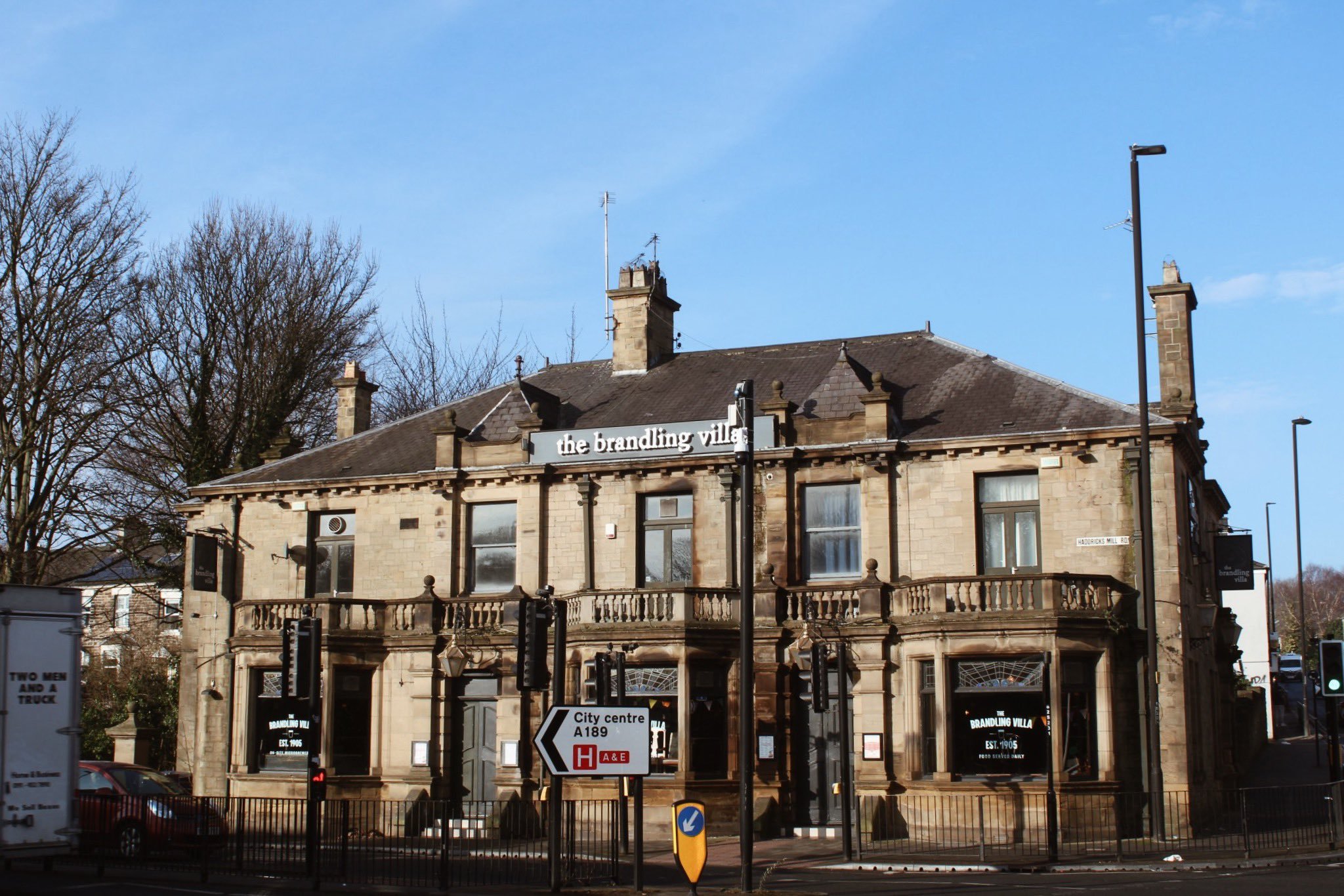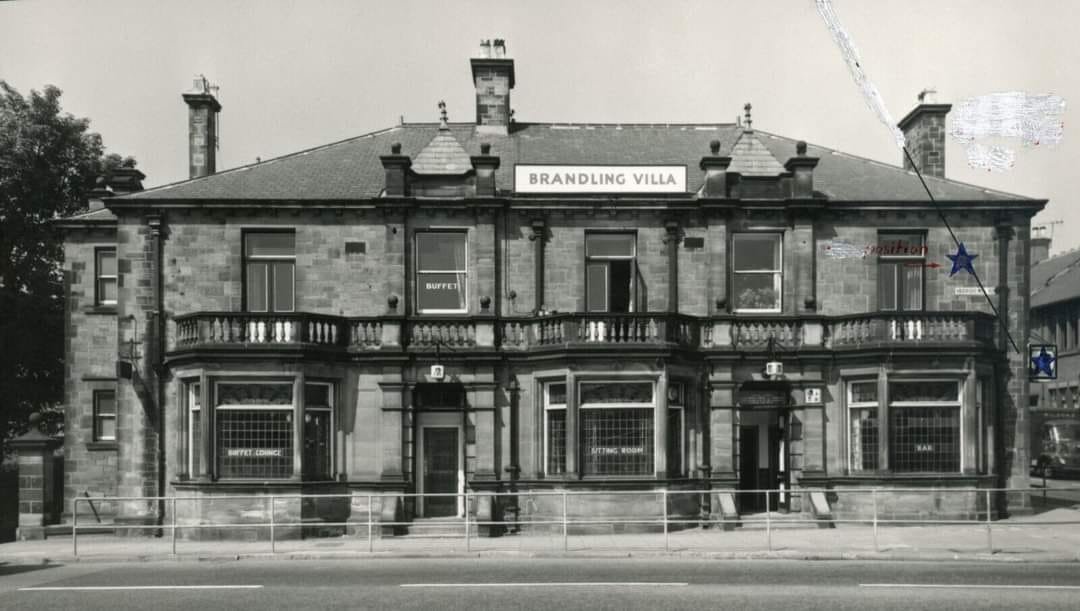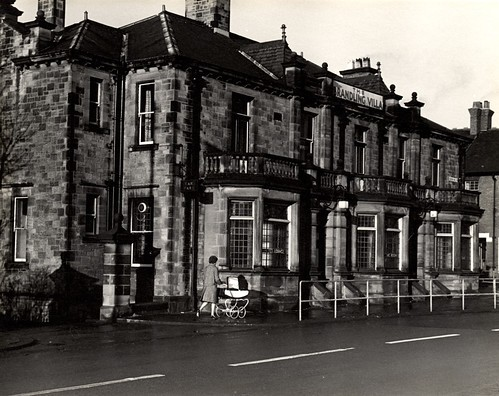
Gosforth
The Brandling Villa
Last Updated:
11 Apr 2025
Gosforth
This is a
Pub, Hotel
55.006740, -1.603031
Founded in
Current status is
Extant
Designer (if known):
Arthur Stockwell

Locally Listed
The Brandling Villa is a lovely and ornate hotel pub from the very early 20th century. However, a pub stood here for at least half a century before.
It's first mentioned by the Northumberland Name Books in the 1860s. It's noted as a "very neat public house", meaning it may have previously been an opulent private residence - perhaps related to the colliery? It was at this time under the ownership of the Arkley family, who were clearly quite well off as they were selling off thoroughbred showponys!
It was later owned by the Temple's. At one stage, they hosted the contractors and designer of the Blyth & Tyne Railway extension to Newcastle upon completion of the works from Benton making this quite an important place for the history of the railway which still operates as the Metro.
There's a fantastic advertisement for this place which breaks down in detail the plot and size. It's noted in 1873 to comprise of a "full licensed public house containing a bar, tap room, sitting room and kitchen on the first floor; large club room and two sitting or bedrooms above; a cellarage and kitchen beneath; a two stalled stable and outhouses behind with an extensive fruitful garden covering half an acre.' The great attraction to this site was its placement along the Newcastle to Cramlington Road, two minutes away from the station and very close to Gosforth Colliery.
This is very much why W B Reid saw the potential when it was rebuilt between 1900-1903. He redeveloped it to become a hotel for exactly the reasons above, and this building remains today. It was built to the designs of Arthur Stockwell, who is also well known for his work on Gateshead Central Library & the Shipley Art Gallery. Its baroque exterior was likened to that of a small civil hall as noted by Brian Bennison in "Heavy Nights", for which I certainly agree.
From its opening it had its own football club & billiards club. By the late 20th century, it was owned by Sir John Fitzgerald Ltd but I'm under the impression it's independent now?
Listing Description (if available)


The Ordnance Survey maps presented highlight the immediate area around the Brandling Villa from the mid to late 19th century. This lane had underpinned journeys for centuries, if not a millennia before as the salt road from the pans at Blyth and Seaton Sluice into Gosforth, Coxlodge and Newcastle. As it was well trodden as a trunk route to South East Northumberland, it provided an ideal opportunity to tap into the trade and open an inn. This is not least as it neighboured the mill site as well as the colliery and railway as you can see on both maps. By the 1890s, the mill and pit were disused but both sides of the Ouse began to develop with more rows and amenities.
It's worth noting it's called South Gosforth as the original centre was Gosforth House near the Racecourse. What we now know as Gosforth High Street was Bulman Village when it was first built.

The 1919 map is the first to feature the new inn, but makes for a stark transition given the sheer amount of housing developed in this period. Incredibly the Mary & Fanny pits still lie extant, with the Coxlodge Waggonway still in use but as part of the tramway.

The Brandling Villa in March 2025

The Brandling Villa in the 1960s, with some crude drawings of the Blue Star - perhaps with hopes this would become a Newcastle Breweries site?
Unknown photographer

The Villa in 1967.
Unknown photographer
